Swelling between paw pad Page 2 German Shepherds Forum
11. Common Causes of Swollen Paw Pads in Dogs. There are many reasons your pup may be suffering from swollen paw pads, so let's break down all the reasons and what to look for. 1. Dermatitis (Atopic, Contact, & Allergies) Atopy, essentially, is an allergic reaction, but for doggos, it leads to intensely itchy paws, and sometimes, their ears.

Pododermatitis in Dogs Great Pet Care
Swollen paws in the dog, or more commonly, one swollen paw, is a relatively common injury, as most dogs do a lot of moving around on differe.. If the pads of all of the paws are swollen, the most common reason is burning from walking on a hot surface, or damage from walking on hard surfaces. However, crusty, swollen feet that do not appear.

Paw Swelling in Dogs Great Pet Care
Cyst in the paw of a dog 5 most common causes of swollen dog paws. There are many causes of swollen paws and paw pads in dogs. These include: 1. Allergies: One of the most common areas of the body to become itchy when a dog suffers from environmental allergies are the paws.A dog with allergies to something in their environment may lick their paws incessantly.
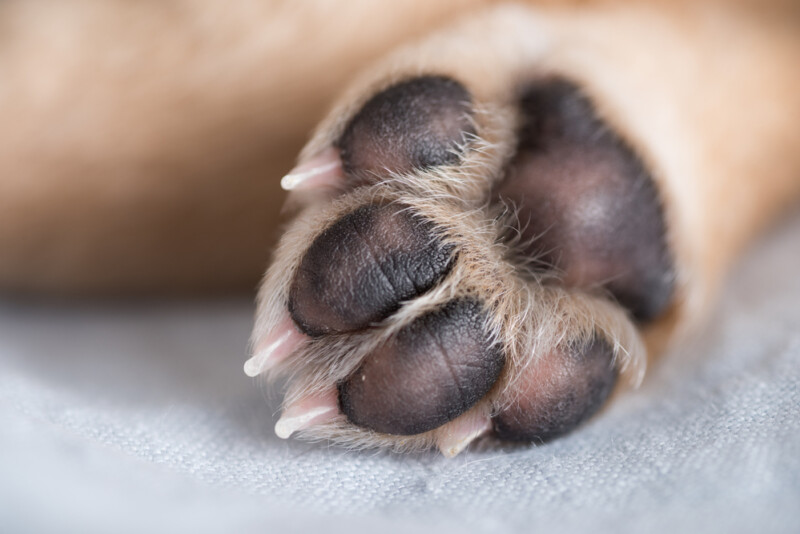
Hyperkeratosis in Dogs Paws and How to Heal it Petsoid
1. Injury or Fracture. When visiting a vet for your dog's swollen paw, the first thing they will try to do is rule out an injury. Fractures can also cause this troublesome symptom. Canines are very agile, it is true, but a fall down the stairs, for example, could easily cause pain and inflammation in one or more paws.
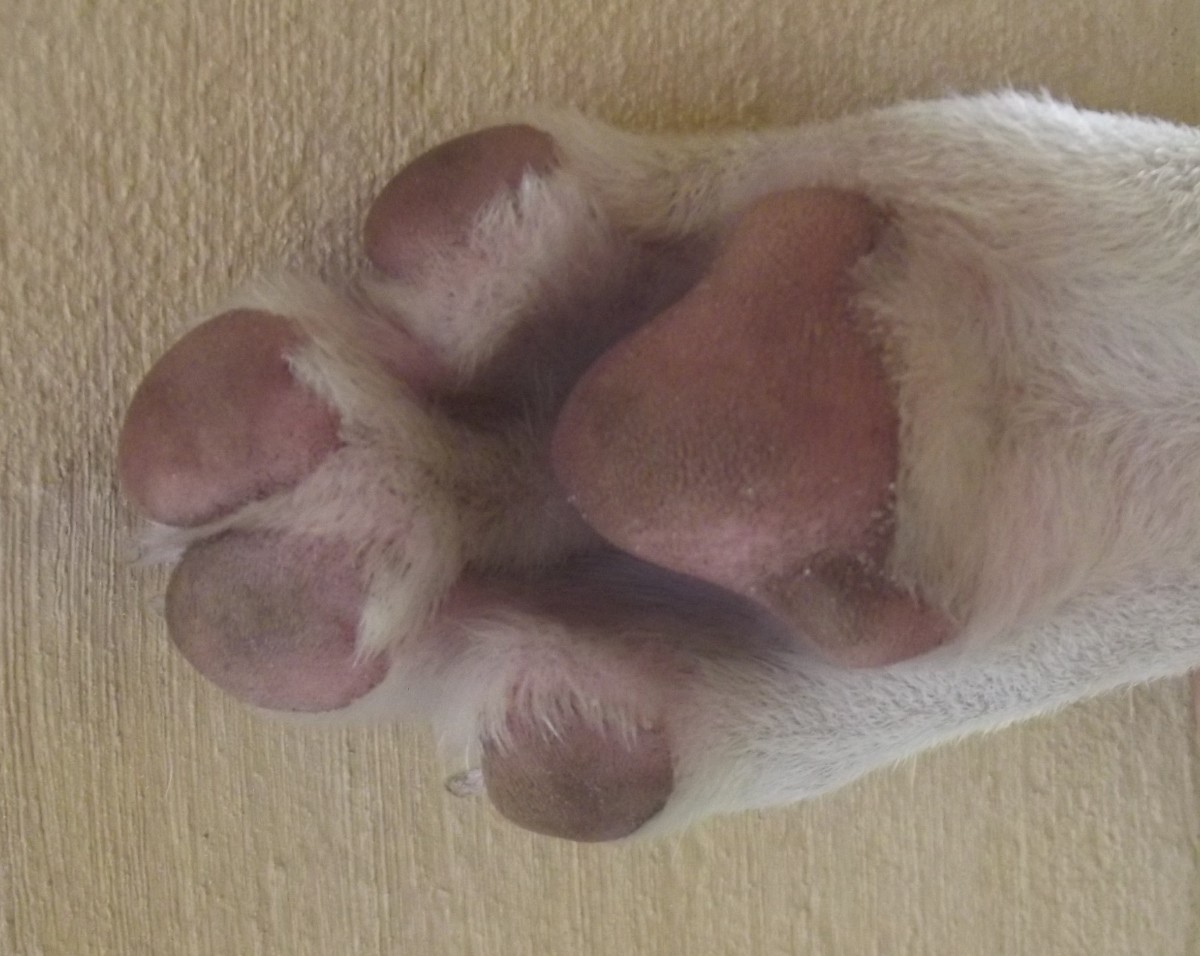
What Causes Dogs Paws To Swell
Swollen and red paws in dogs are something that warrants investigation from a vet. There can be several underlying causes for this swelling and redness that require specific treatment. Veterinarian Dr. Ivana shares several potential causes for swollen, red paws in dogs.. Dog paws have 5 different parts - claws, digital pads, metacarpal or.

Infection & Possible Tumor on Paw Pad. Help plz. Pictures Included
How to Prevent Paw Swelling in Dogs. The best thing you can do to prevent paw swelling in dogs is get your pet used to you touching their feet. Once your dog is comfortable, make a ritual out of checking your dog's paws on a weekly basis. During these weekly assessments, look between the toes and between the foot pads for abnormalities.

Swollen Puppy Paw Pads One of the most prevalent problems in pug's paw pads is soreness.
Make it a habit to check your dog's paw pads regularly. Gently spread their toes apart and inspect the sides of their paw pads and between their toes for any injuries or foreign objects (like burrs, pebbles, or dangerous foxtails). It's also a good time to check for any swelling or discoloration.
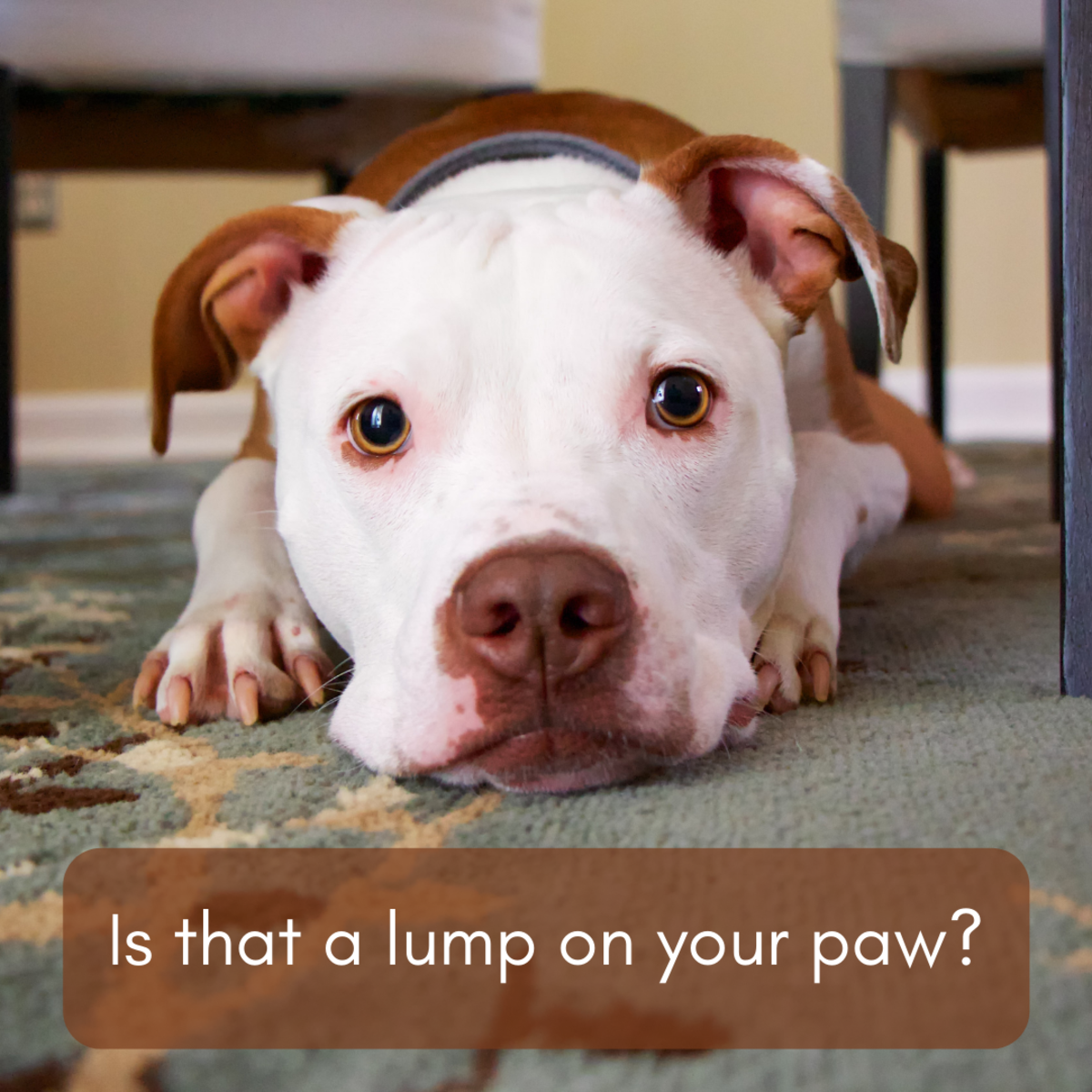
Swollen Puppy Paw Pads One of the most prevalent problems in pug's paw pads is soreness.
The 7 Reasons Why Your Dogs Paw is Swollen. 1. Trapped Foreign Objects. If your dog spends time outside or often goes for walks and runs with you, they are at risk of getting a foreign body trapped between their toes and paw pads. These are commonly thorns, grass seeds, splinters or bits of glass.

Both my dog's paws are red, swollen, and bleeding. On the top of her paw. It's been about 4 days
The infected paw pad might be usually swollen and reddish in appearance, and can sometimes come with a foul odor. Burns or excessive cold. Extreme temperatures from hot pavement or frozen ground can cause severe burns to your dog's paw pads. This can cause dogs to lick them obsessively in an attempt to relieve the pain—leading to red.
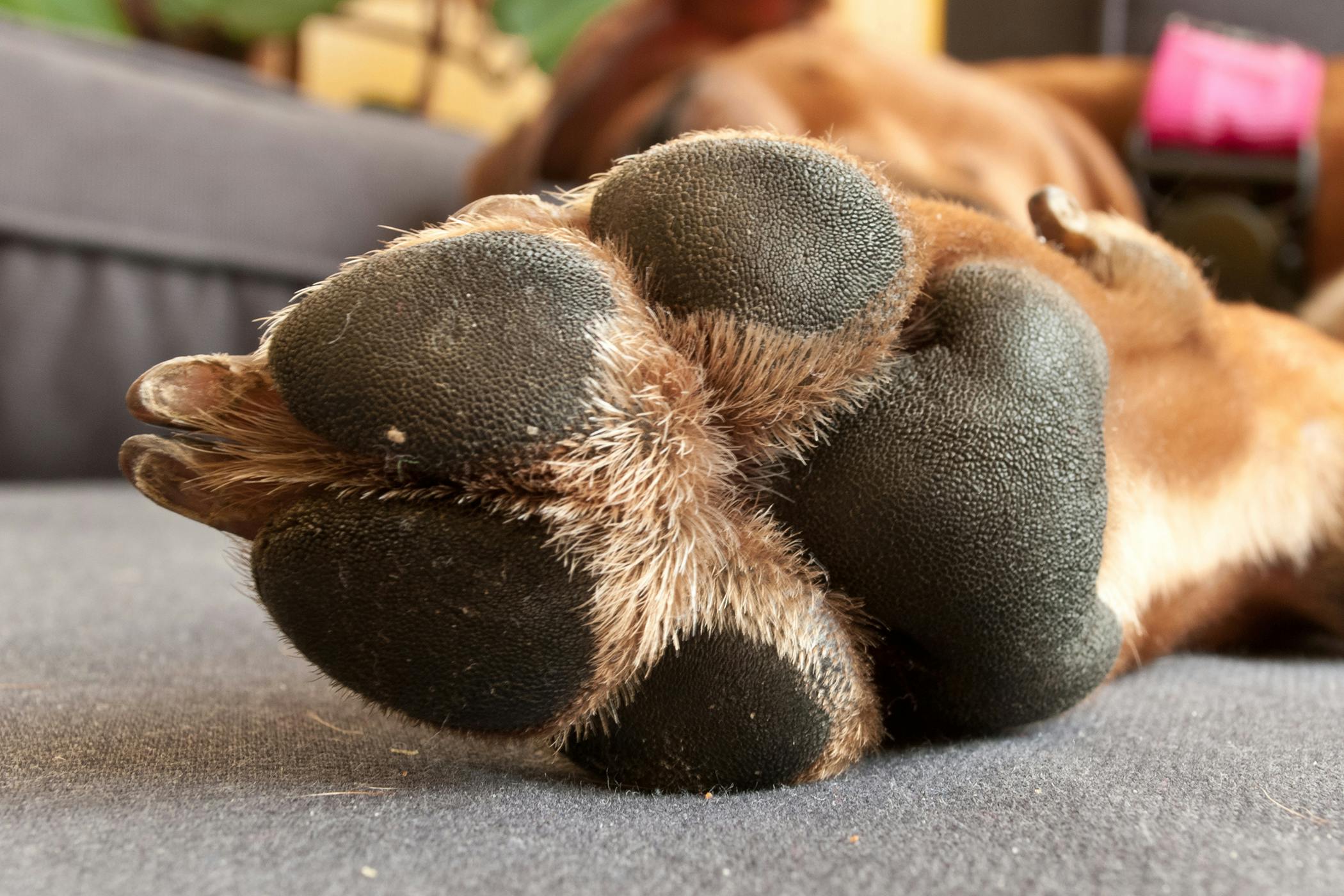
Metatarsal and Metacarpal Fistulas in Dogs Symptoms, Causes, Diagnosis, Treatment, Recovery
Dog paw problems can be caused by allergies, infections, cuts and abrasions, nail issues, cysts, or cracked paw pads. Paw pads offer insulation for a dog's feet and provide traction while aiding with balance, slowing down, and stopping. They also act as shock absorbers for the bones and joints that make up the dog's feet and legs.
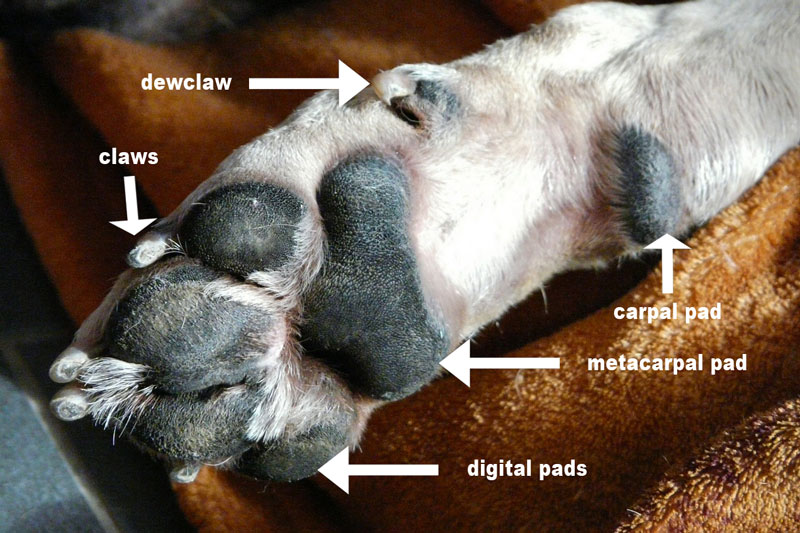
Swollen Puppy Paw Pads One of the most prevalent problems in pug's paw pads is soreness.
Most swelling of canine paw pads comes from an insect bite or sting. If your dog steps on a biting or stinging insect, that insect will likely respond aggressively. Even if the bite or sting does not come from a venomous insect, it may still cause some swelling and aggravation for a few days. If the swelling remains localized to the paw pad.

My dog has a swollen lump on his carpal pad. Yesterday. Rocco, 8
Pododermatitis, or the inflammation of the paw and pad, can become painful and debilitating if it is left untreated. The diseases and disorders that can instigate this kind of swelling are many and the treatment plans may vary depending on what the cause of the discomfort is diagnosed as.. Environmental - Dogs may also get swollen feet by.
Swollen paw pad??? Dog Forum
Although signs are similar, certain clinical signs of pododermatitis can suggest a specific cause: Infectious. The feet and paws are often red (inflamed) and swollen. There may be nodules (bumps) or fungal lesions (kerions), ulcers, or discharge (pus) from the lesions. There is often hair loss and the dog may lick the feet constantly.

My dogs foot pad is swollen/pink and twice the size of the pad on the opposite paw and some of
1. Allergies. Allergies are a prevalent cause of swollen paws in dogs. External factors such as pollen, dust mites, or certain foods can stimulate allergic reactions, resulting in inflamed paw pads. To address this, consult your veterinarian to find the precise allergen and explore treatment alternatives.
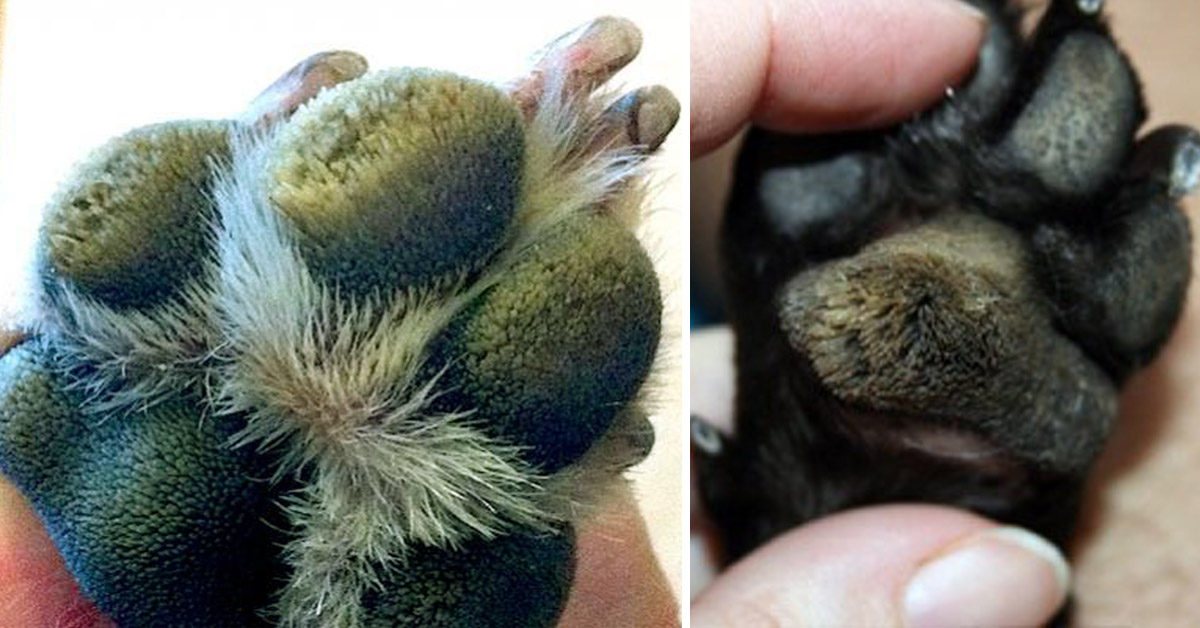
What Is Paw Pad Hyperkeratosis And How To Heal It
The burn will probably cause your dog's paw to be swollen, and it will cause constant irritation for a short time. Make sure to check the weather, and double-check the exercise track for hot surfaces. 8. Over-Exercise. Too much of anything is dangerous. You should exercise your dog regularly for a short period of time.
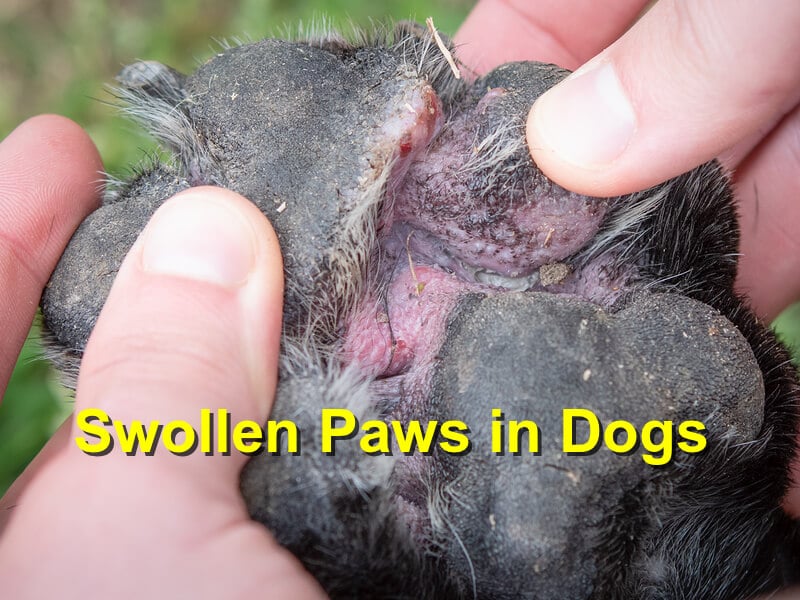
What Causes Dogs Paws To Swell
Swollen paws are often caused by a foreign object getting trapped between the pads/toes of the dog's foot. Insect or spider bites, puncture wounds, broken toes, fractured claws, and constant licking/chewing (as with allergies or other source of chronic irritation) are other common causes.